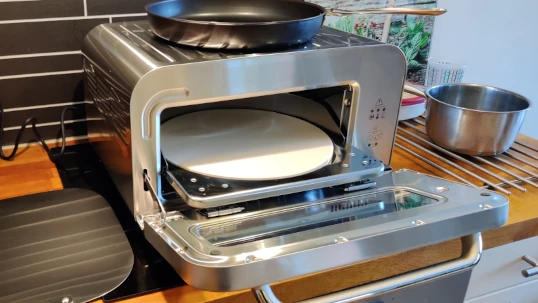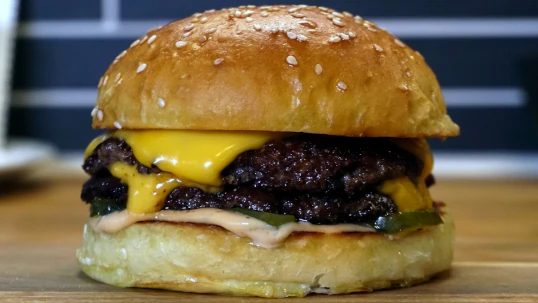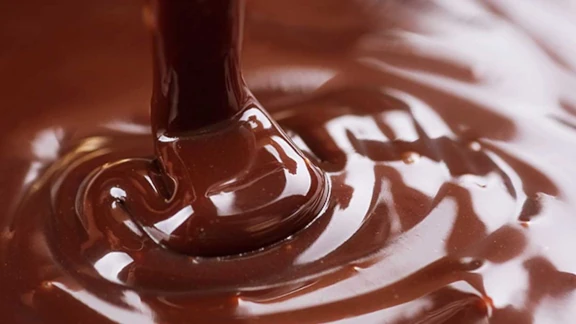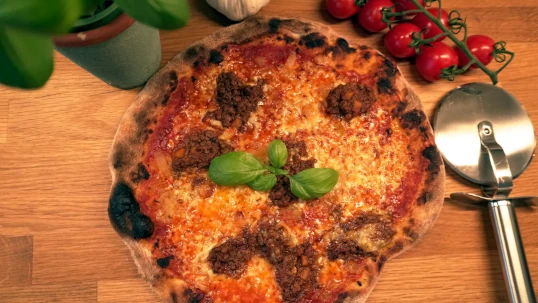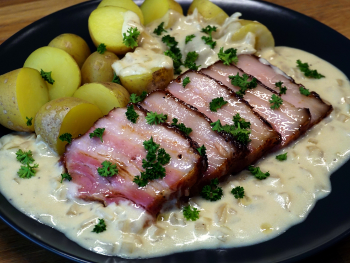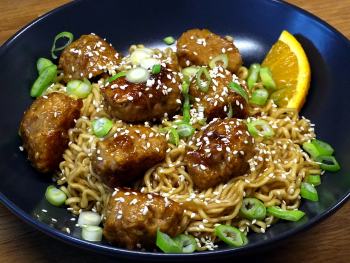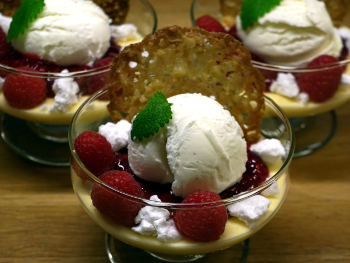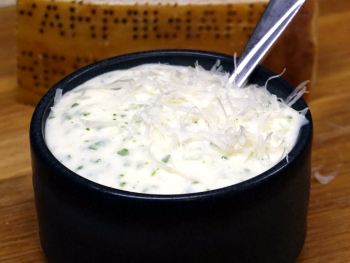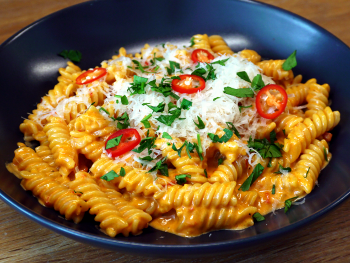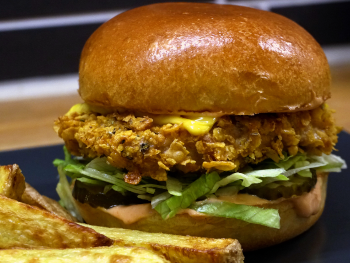Fermentation of food and drink.
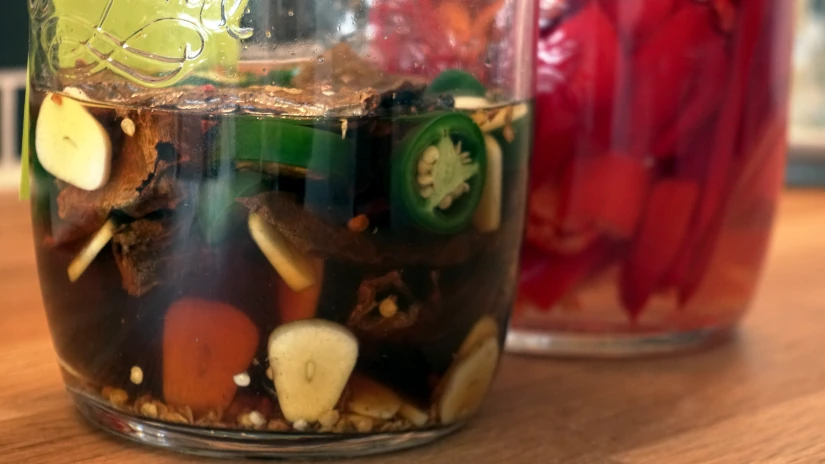
Fermenting food is a fantastic way to preserve food and at the same time give the food a unique and good taste. After making beer, hot sauces and food like kimchi, I have saved on some of the lessons I learned both through research and my own mistakes and list this below.
Keep equipment and yourself clean when handling beer / food so you do not introduce harmful bacteria.
Feel free to wash all equipment in a hot dishwasher just before fermentation / bottling and handle everything as if it has been disinfected. Blender, cutlery, fermenter, measure - everything.
"Star San" is a common disinfectant that I used a lot for beer brewing. A small amount of star san together with water in a spray bottle is fine for disinfecting small things such as bottles and corks.
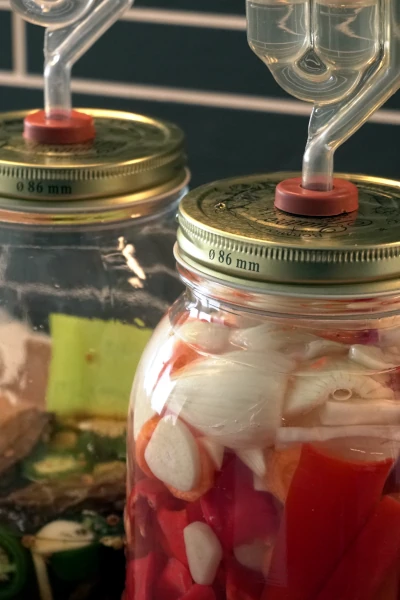
For possible pasteurization, it is common to heat up to 82-88°C (180-190°F) for 10 minutes, but it is possible to do this in a sous vide machine at a lower temperature as well. 65°C (150°F) for at least 60 minutes gives good results. In that case, leave the bottles in the sous-vide machine from the beginning so that they are heated with the water as well. Glass that is exposed to large / rapid temperature changes can lead to the glass cracking and less explosion.
You do not have to buy expensive equipment. It's often possible to create something yourself in true MacGyver spirit.
A fermentation pipe (or other type of water trap) that releases carbon dioxide during the process is a must. It keeps nasty bacteria in the air away while releasing the pressure created by the production of carbon dioxide. You can also use this to read how much it bubbles day after day and thus check that the fermentation takes place as you had intended.
Fermentation works best at constant temperature. Around 20°C (68°F) works for most food and some beer yeasts which is usually possible to have constantly somewhere in the home.
Check the fermentation often. Smell - if "funky" fragrance - throw rather than chance. If you see mold (especially threads and the like) on the top - throw. However, some fermentation can create a harmlessly thin layer on top of the food - feel free to remove this even if it is considered harmless. Check if unsure and if you are still unsure - throw.
Specifically for hot sauce and food
Making your own Hot Sauce is definitely both easy and delicious. Once you have started, it is difficult to stop, so think through everything seriously before you go too deep in the Hot Sauce swamp :)
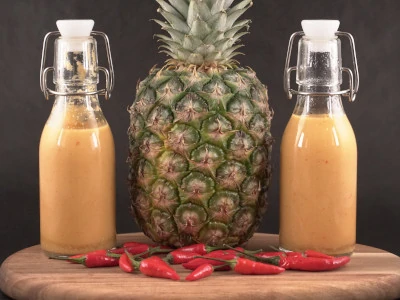
Always when handling acidic food (tomatoes, lemon, vinegar, etc.) use non-reactive pans in e.g. stainless steel, glass or ceramic. Aluminum, copper, iron and non-stainless steel are reactive and will release metal into the food which causes taste changes and discoloration.
When fermenting in brine (the lactobacillus bacterium thrives in a salty environment) - use pure salt without additives. Aim for 2-3% salt in relation to other contents. Too little salt allows unhealthy bacteria to grow, too much salt kills all bacteria and the fermentation is absent.
A slightly cloudy salt layer is a sign of a safe and successful fermentation.
It is possible to keep the brine for other cooking, so do not just take and throw without thinking. If you have made a strong hot sauce, the law can be really good to have for e.g. chili stews and the like.
When fermenting hot sauce - check every day, but normally it is around day 10 that some bubbles should have been created. Let stand for at least 14 days and preferably longer. All fermentations are slightly different, however, so do not worry if the exact same ingredients ferment for different lengths of time on different occasions.
Label the fermenter with contents and date.
Often a weight of some kind is used to keep the food away from the surface and down into the brine. I think it is just as well to control the fermentation daily and then agitate the bottle a little lightly so the food that is on the surface is replaced.
If you use chilis that climbs a bit on the scoville scale - wear gloves and handle everything in a well-ventilated environment. Avoid contact with eyes and other sensitive parts of the body! even hands can get a little convincing and if you have a minimal scratch it can be an experience. So if you are unsure - wear gloves and goggles.
Check PH before bottling. There are PH meters that do not cost much. It should be at a maximum of 4.6 (limit value for botulism) but aim a little lower to be on the safe side. I'm trying to land at 4 or a little below. Pure vinegar is around 2 and should your sauce be over 4.6 then add vinegar, lemon or lime juice to end up south of the 4-line.
Homemade hot sauce can both be filtered so that it is smooth or left a little thicker - it all depends on how you want the sauce. Should it stratify during storage, it is usually not a problem, but it is then only possible to shake the bottle before serving. You can also add a small amount of xanthan gum to prevent the sauce from layering.
Many recipes coming from abroad often have "White Vinegar" as an ingredient. This is basically a distilled vinegar and is not found directly in Sweden, but can be replicated easily by diluting vinegar until it has a strength of 5-6% (which normal vinegar has). The simplest is then 12% vinegar and dilute with the same amount of water.
Store the end product in a refrigerator, especially after opening the bottle / container.
If you did not heat the sauce before bottling, you probably have active yeast left in the sauce. In that case - absolutely keep the container in the fridge so the fermentation process stops. If you store the sauce in a closed container at the same time, you have created a risk of explosion! So never store a product that is still fermenting in a completely sealed container.
